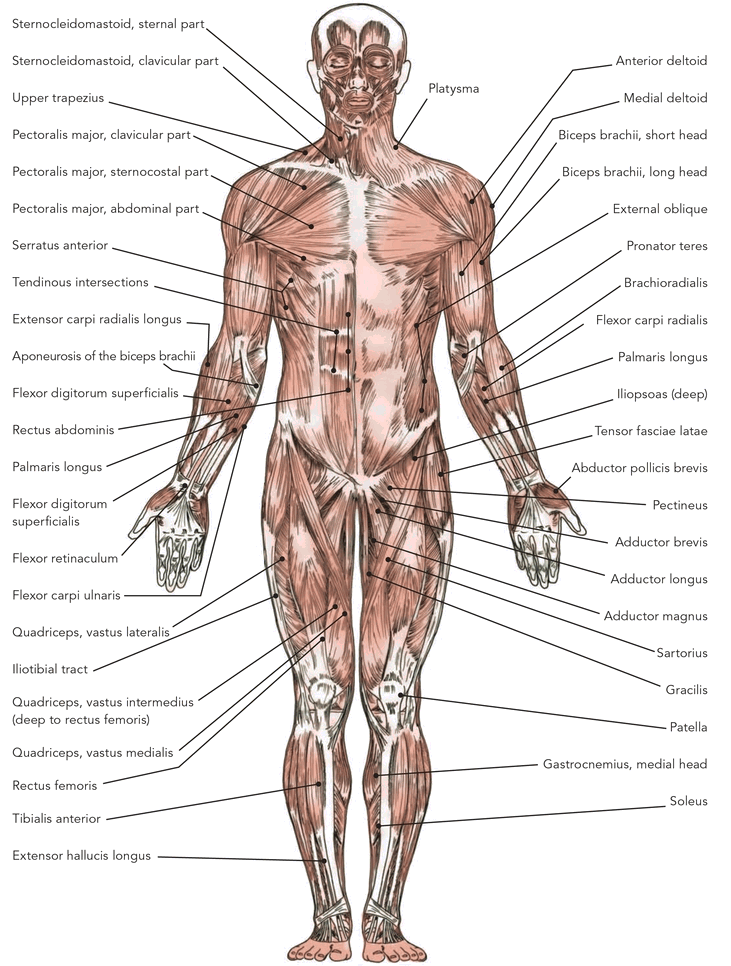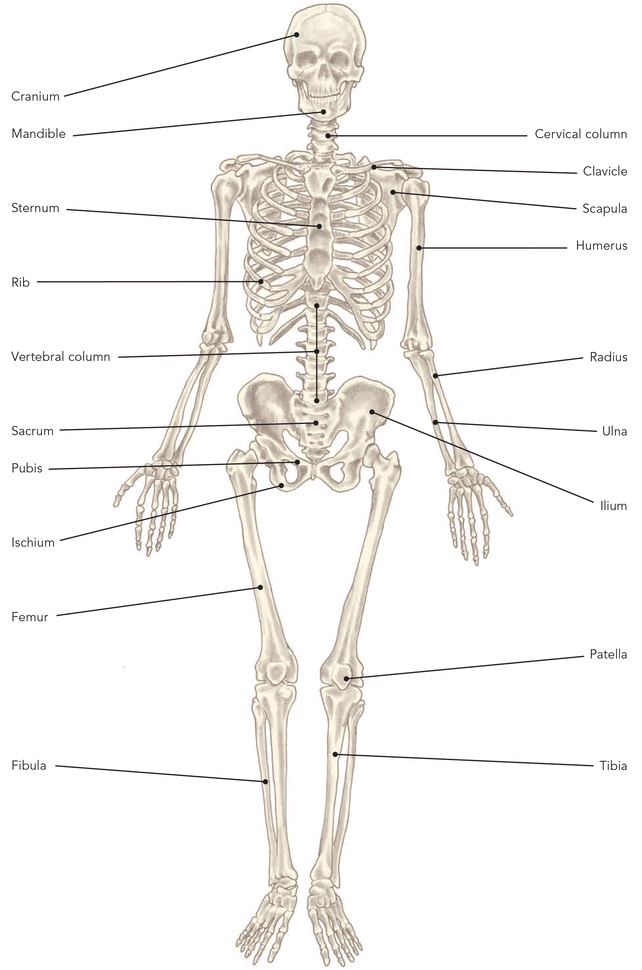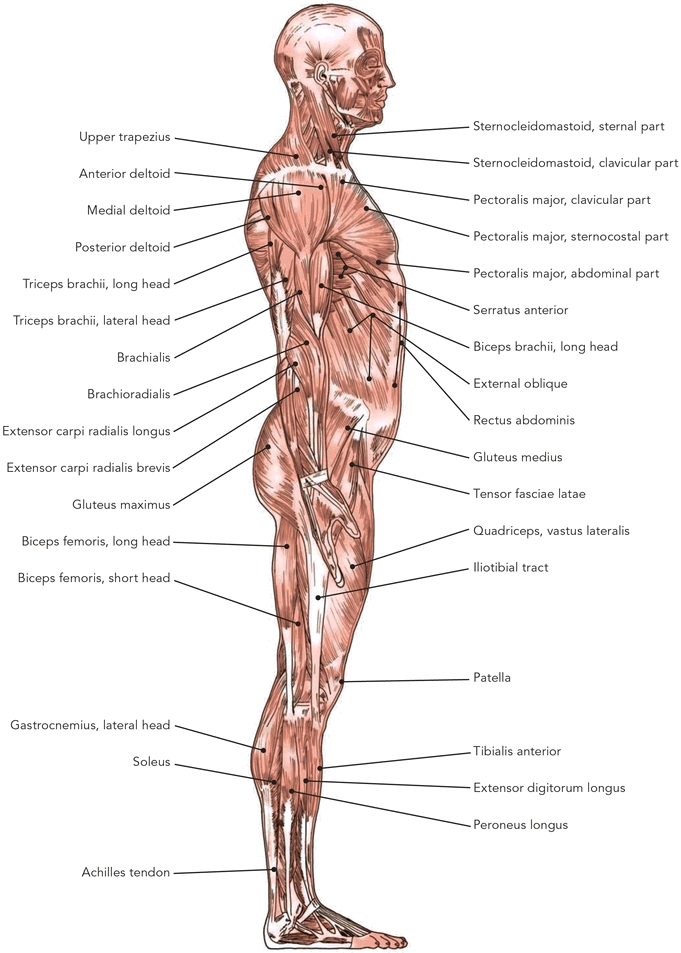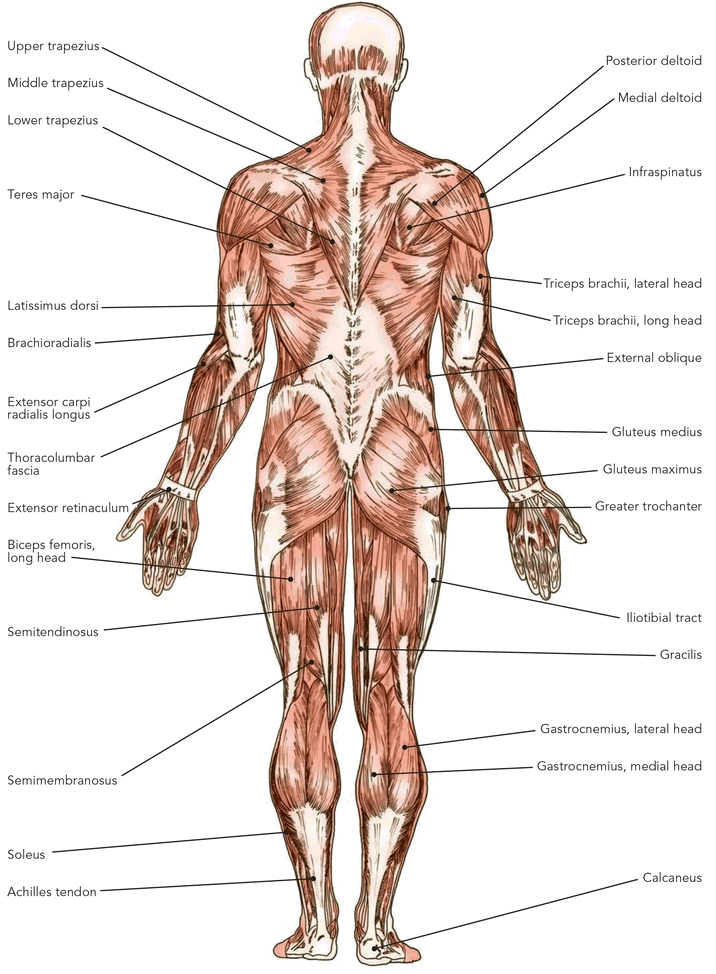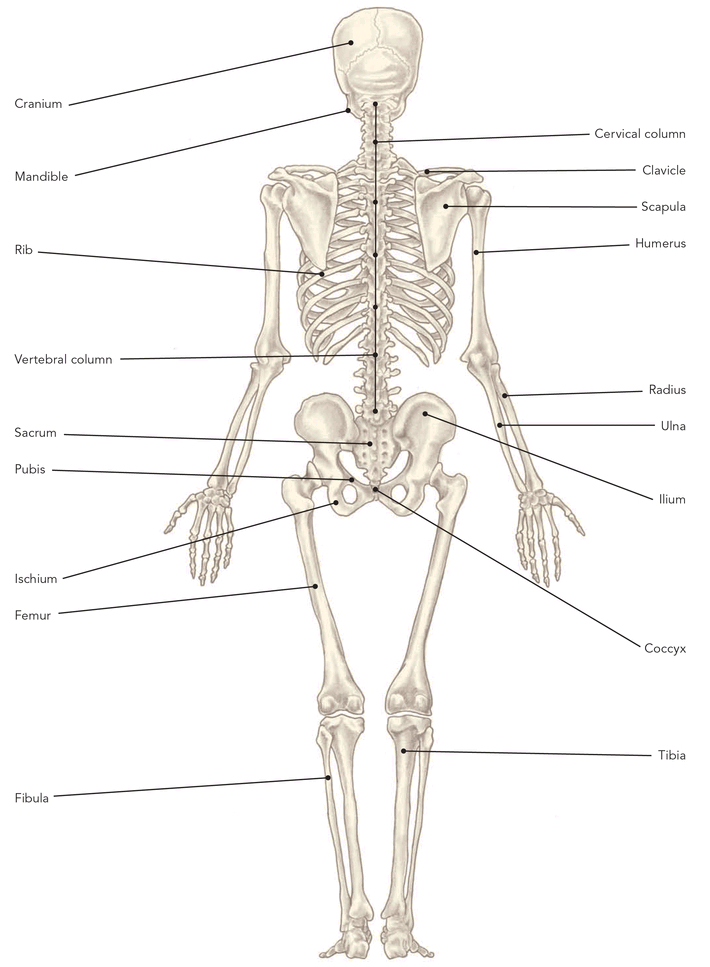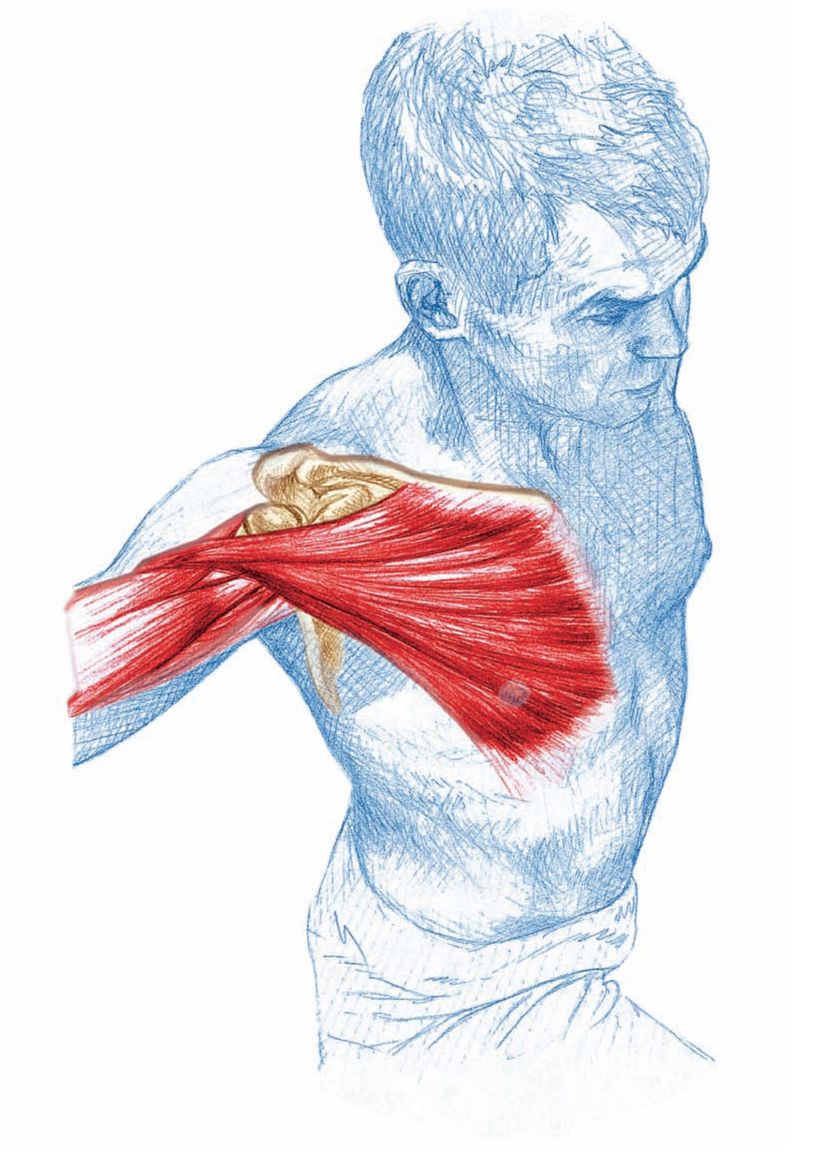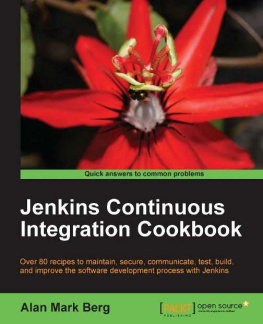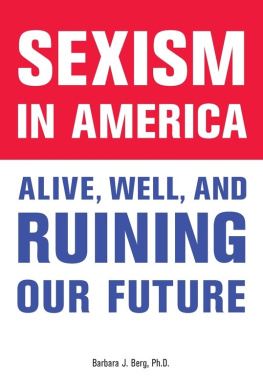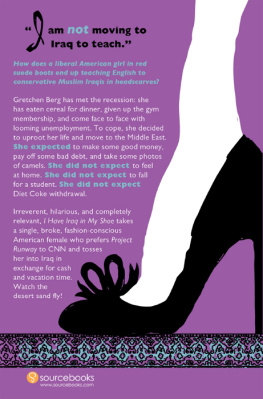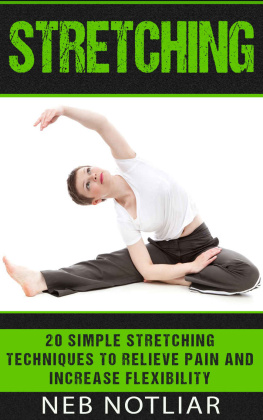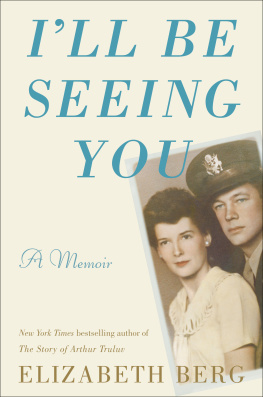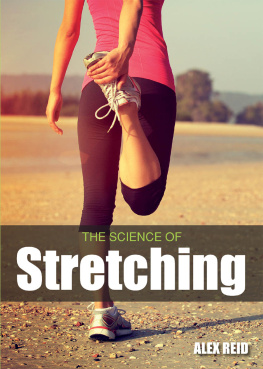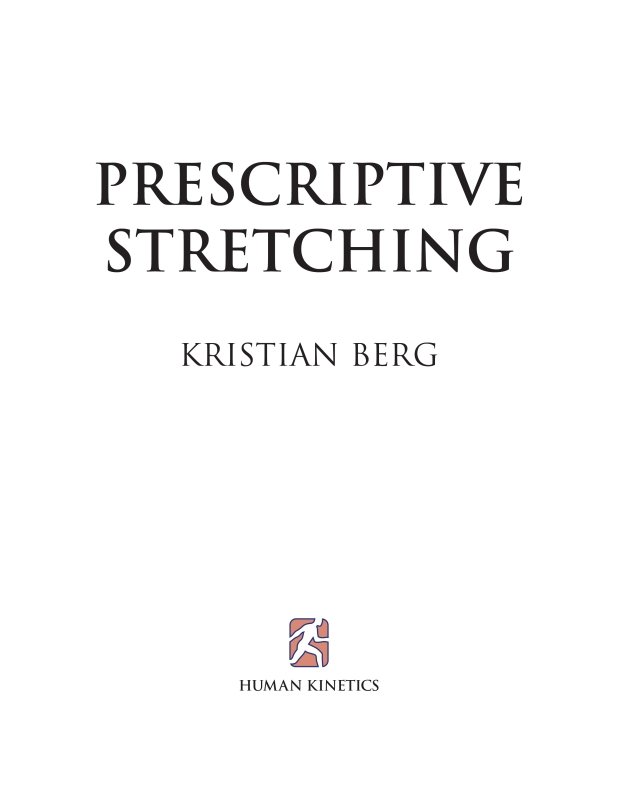
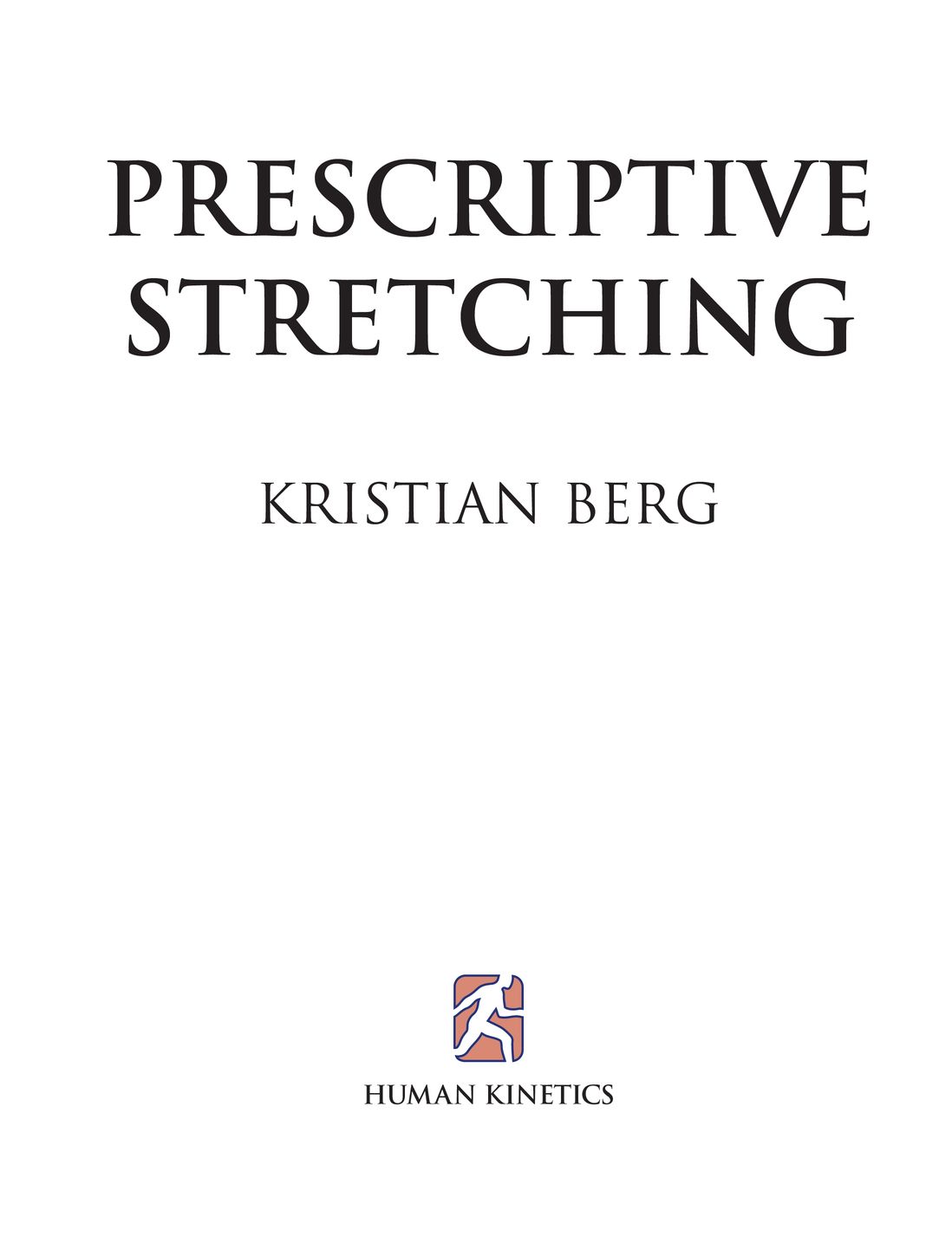
Table of Contents
INTRODUCTION
PEOPLE CAN BE CLASSIFIED INTO TWO CATEGORIESTHOSE WHO HAVE BACK PAIN AND THOSE WHO WILL GET BACK PAIN.
During my years as a naprapath treating neuromusculoskeletal conditions, the same question from patients pops up time after time: Is it really necessary to stretch? Do I have to?
The answer is neither yes nor no. Have to? Well, do you have to brush your teeth? No, not really, but most of us are fairly aware of the consequences if we dont. Sadly enough, we do not see the consequences of neglecting to stretch and take care of our bodies until we are reminded by pain in all kinds of places.
We may not even realize then that the pain is connected to our behavior. Until now, our bodies have not required maintenance, so why is the pain starting now? Would we have been as surprised by a cavity if we hadnt brushed our teeth for the past six months? You save up for pain. The body does not forget what you have been up to the last 20 years.
So, do we need to stretch? I believe that stretching and exercise are part of the bodys daily maintenance. It should be no different than the habit of brushing our teeth.
Stretching in one form or another has been habitually practiced by man and animal alike. Consider a cat or a dog that is waking up. They stretch their shoulder and hip muscles before starting any activity. Is it possible that we have lost this animal instinct as our lives have demanded less and less activity from us? Although this might be true, the instinct is still there. When we yawn in the morning, we tend to stretch our arms up and out and to bend our backs.
The last 10 years of my time as a gymnast were a real pain. My back constantly ached. I even got to experience throwing my back out before that career was over. As a gymnast, and a flexible one at that, I really thought I was an authority on muscles and flexibility. Later, during my studies to become a naprapath, I found out about muscles I never even knew existed.
However, even during my student years, my back continued to hurt. Regardless of the treatment, the pain only improved marginally. After a while, I started to feel some improvement from consistently stretching a particular muscle. I made up my mind that the muscle on the other side of my body should be just as soft and flexible. I started to see results. Nowadays, my back never bothers me. If I start to feel pain after training or negligence, I just stretch the same muscle that I stretched before. When I am done, the pain is gone. In retrospect, I sometimes wonder how I would have performed as a gymnast if I knew then what I know now. The health of a single muscle made a world of difference.
This is the experience that I try to pass on to my patients. Every patient gets one exercise to do at home. I can easily tell who has done the homework and who has forgotten to do it. By working together, we quickly reach the desired results of less pain and increased mobility.
Stretching books and magazines are often filled with miracle stretches. Sadly enough, they do not address the real reason why we need to stretch. The exercises in the articles are often wrong or dangerous, and the instructions for performing them are often incomplete, hard to follow, or nonexistent.
This book is a tool, and like all other tools, it should be handled carefully. Read it through and study the pictures thoroughly. The exercises work, but only if you do them correctly.
MUSCLES AND BONES OF THE HUMAN BODY
The Latin names for muscles usually describe what they look like or what their functions are.
For this reason, it is useful to learn the Latin terms. Lets take the example of the levator scapulae muscle. Levator stems from levatio, which means raise. You can see this origin of the modern word elevator. Scapula is the Latin word for the shoulder blade. The examples are endless. You can easily deduce the use and position of the muscles if you are familiar with some Latin terminology. Here are some examples:
Abdominis = Abdomen
Abductor = Outward moving
Adductor = Inward moving
Antebrachii = Forearm
Anterior = Front side
Bi = Two
Brachii = Upper arm
Brevis = Short
Caput = Head
Dorsum = Back
Externus = Outer/External
Extensor = Muscle that extends/ straightens
Femoris = Thigh
Flexor = Muscle that bends
Infra = Below
Internus = Inner/internal
Lateralis = Toward the side
Levator = Muscle that raises
Longus = Long
Magnus/Major = Large/greater than
Minimus/Minor = Small/lesser than
Musculus = Muscle
Musculi = Muscles
Obliquus = Slanted
Posterior = Back side
Processus = Process
Rectus = Straight
Spinae = Spine
Supra = Above
Tri = Three
A NOTE ABOUT THE STRETCHES
Throughout the book we show all of the stretches on the right side.
Naturally, you need to stretch the left side as well.
STRETCHING FUNDAMENTALS
PHYSIOLOGY
The human body is an amazing creation. A variety of systems ensure that everything works just as it was intended to, from vision, hearing, and circulation to the kidneys and the heart. One of the most important systems is the motor system, which controls movement, flexibility, strength, coordination, and balance.
This group of systems contains the bones, joints, and the skeletal muscles, which all need resistance to stay healthy throughout your entire life. We put all the building blocks in place as children and must maintain them as adults.
When we move, the blood flow increases to the affected area. The blood carries oxygen and other nutrients that the muscles need. It also increases the temperature, making the muscles pliant. Muscle resistance stimulates growth so that the body will be stronger for the next exercise bout. You should increase resistance incrementally so that your body has a chance to adjust. If you increase the resistance too quickly, you will overload your muscles. All forms of overloading are relative. They can include walking for too long, walking too often, or lifting something too heavy. You can even overload your muscles by sitting too much.
Next page


